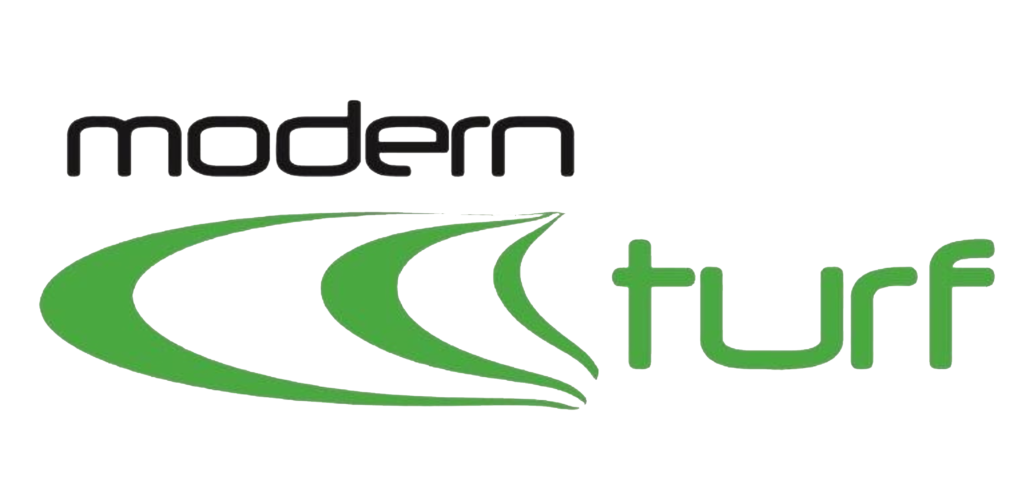Centipede

The Perfect Choice for Homeowners and Golf Courses
Centipede , know as the “lazy man’s grass,” centipede grass is commonly found on lawns, roadsides, and parks in the southeastern region. Its popularity as a lawn grass is due to its ability to thrive in low fertility conditions and its minimal maintenance needs. However, over-fertilizing and over-watering can lead to a decline in appearance and increase the risk of diseases like brown patch. Centipede grass is a coarse-textured perennial grass that spreads slowly through stolons. It has a yellow-green color and a slow growth rate. This grass has poor cold tolerance and is best suited for sandy, acidic soils in the southeast.
Get A FREE Sod Quote Today!
Spring Care Guide
Pro Tips
Fertility
Centipede requires very little Nitrogen to maintain a healthy, dense lawn
February
Soil test, liming based on soil results. Centipede prefers a pH around 5.5 but no more than
Weeds, Disease, and Insects
Preventative measures can help reduce the number of pesticides used on your lawn
Late February
Apply your Spring Pre-Emergent (i.e., Dimension) at the medium labeled rate. This will help prevent summer grassy weeds such as crabgrass and goosegrass
Early Spring
Conduct an Irrigation Audit to ensure all heads are working properly and coverage is adequate
Spring
Once your lawn begins to green up and start growing (late March) start your mowing height on the higher side and lower it incrementally moving forward until you reach your desired height.
Irrigation Maintenance
- Deeper, infrequent watering helps promote longer roots that can withstand longer periods of heat & drought.
- Increase times, not days. Your lawn’s demand for water is lower during this time but still needs adequate moisture as it transitions into the Spring/Summer.
- Mother Nature typically provides enough moisture in our area during April. Ideally, you’re looking for ½” of water per week n early Spring & ramping up to 1″ per week by the time we’re fully into Summer.
- If it’s grey, don’t mow it! Centipede is a shallow rooting grass, if it is grey color is a sign of drought stress & can be damaged by mowing!
- In June a broad- spectrum insecticide treatment (i.e., Imidacloprid) will provide both preventative & curative control for fire ants, mole crickets & grubs.

The Ultimate Foundation for a Lush, Thriving Lawn
Boost Your Yard’s Health with Blended Earth – Shop Now for Lush, Vibrant Results!
